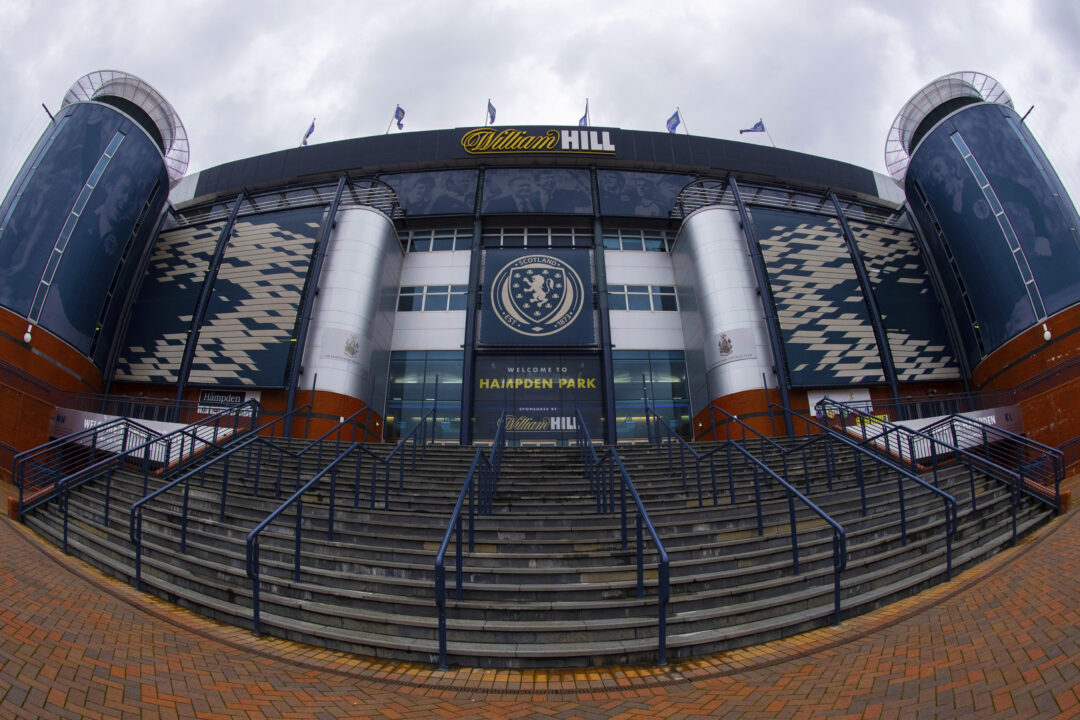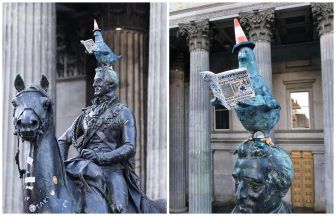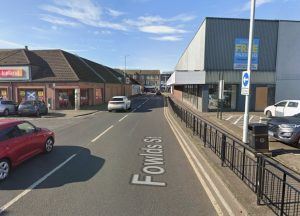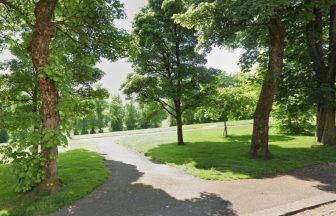A dig to uncover the original Hampden Park will take place in Glasgow.
Built in 1873, it was the first international stadium in world football and remained home to Queens Park FC and the Scotland national team until 1884.
The site, which witnessed some of Scotland’s greatest ever victories, including a 5-1 victory over England in 1882, was closed due to the Cathcart Circle Railway Line being built
A mural depicting the win, featuring the world’s first black international footballer Andrew Watson, was recently unveiled.
Watson captained Scotland on his debut a year earlier against England in London. Scotland won the match 6-1 in what remains the Auld Enemy’s biggest ever defeat.
‘First Hampden’ is also the football ground where the modern passing game, now played or watched by billions of people around the world, was invented and was the blueprint for other stadiums.
The exact location had been lost over the years but was rediscovered in 2017, when Graeme Brown, Hampden Bowling Club secretary, discovered a railway map.
Archaeology Scotland has now been able to draw up a plan to carry out investigations, including geophysical surveys and excavations.
Director Eila Macqueen: “This is an incredible opportunity for Archaeology Scotland to contribute to a project with real local, national and international significance, especially as it is the home of Scottish and arguably world football”.
The work will be carried out by the summer of 2021 to coincide with the National men’s football team returning to their first major tournament in 22 years, with matches coincidently taking place in the current Hampden Park.
Mr Brown said: “First Hampden is one of the secrets of the sporting world, and our partnership with Archaeology Scotland is a key step in ensuring everyone understands the importance of this site.
“We need to preserve First Hampden for future generations to enjoy.”
Follow STV News on WhatsApp
Scan the QR code on your mobile device for all the latest news from around the country


 SNS Group
SNS Group


























